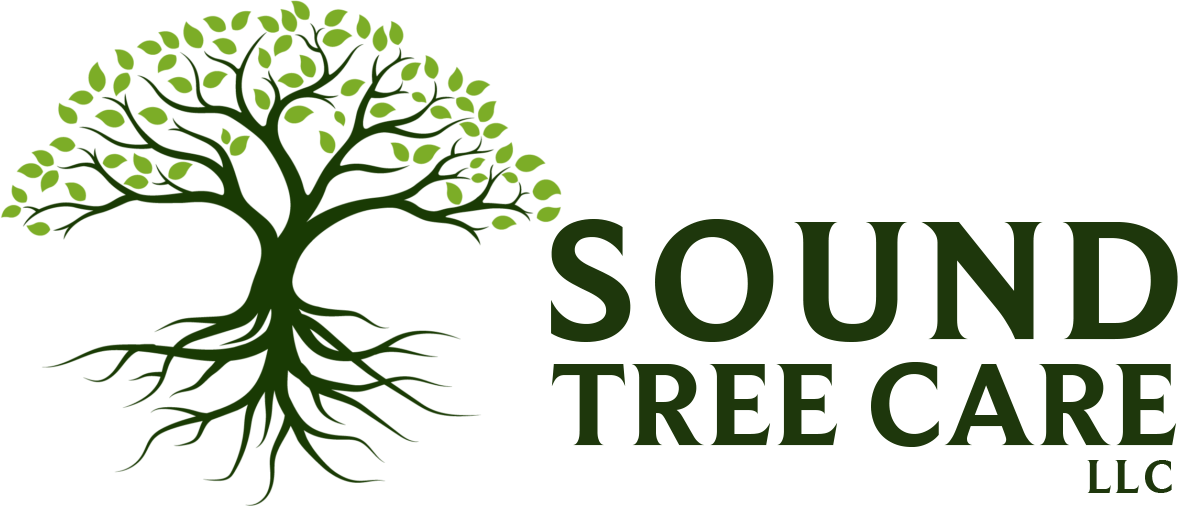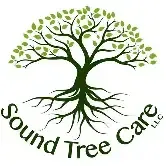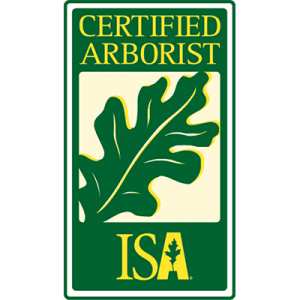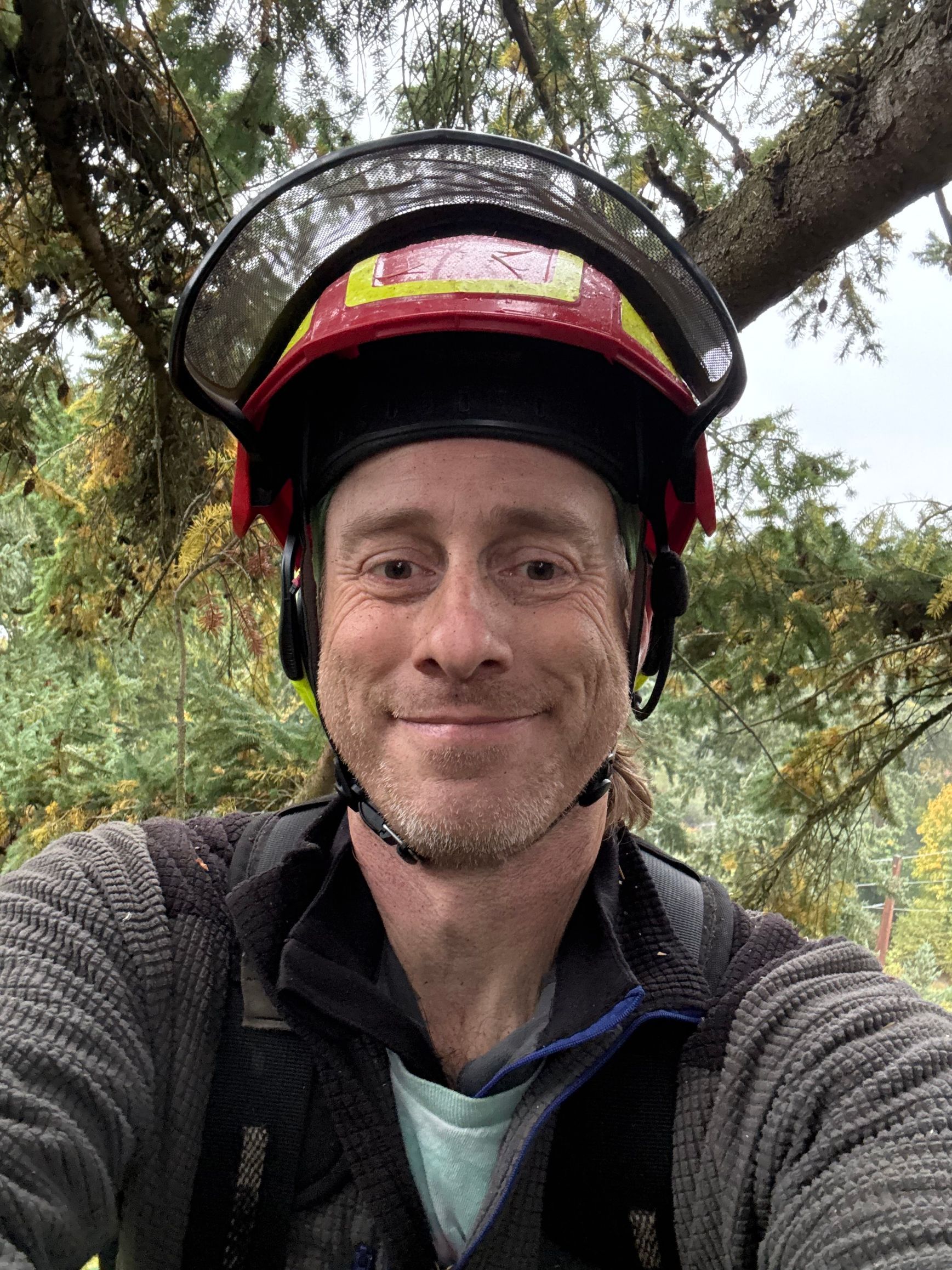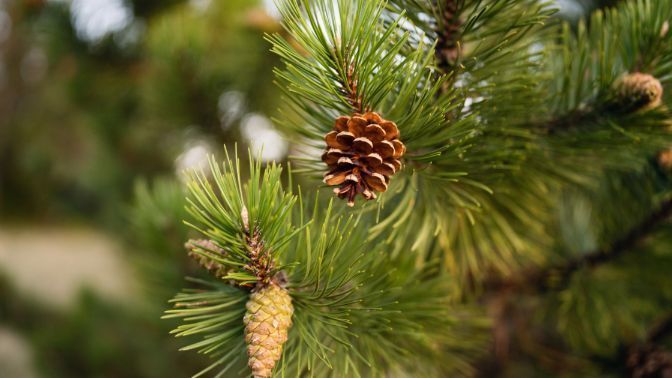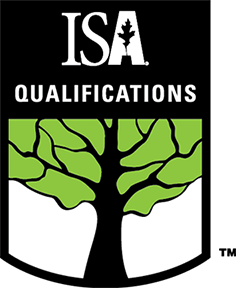Deciduous trees, such as oak, maple, birch, poplar, beech, flowering, and fruit-producing trees, shed their leaves every fall and regrow new ones every spring. You need to rake up the fallen leaves before they rot, but they make nutrient-rich soil for your garden in the spring. So add them to your compost!
8 Things To Consider Before Planting A Tree On Your Seattle Property
Written By: Eric Ledford
ISA Certified Arborist – PN-9290A
ISA Qualified Tree Risk Assessor (TRAQ)
Expert Tips To Choose The Right To And The Right Location For Your Trees
So you want a beautiful tree to enhance the natural landscape, improve your quality of life, and curb appeal?
That’s fantastic!
Aside from the aesthetic appeal, trees provide shade, protection from Seattle winds, and privacy. They draw water into their roots, reduce flooding during heavy coastal rains, and reduce the risk of landslides.
Trees mitigate the heat island effect due to pavement and buildings. They breathe in carbon dioxide and provide us with oxygen, a home to birds and wildlife, and food for pollinators.
However,
before you hit the nursery, there are a few things to consider to ensure you choose the right tree for you and the space in mind.
To save you from years of dissatisfaction, prematurely removing your tree, or risking damaging your home, here are 8 things to consider when choosing a tree and a spot to plant it.
8 Things To Keep In Mind When Planting A Tree On Your Seattle Property
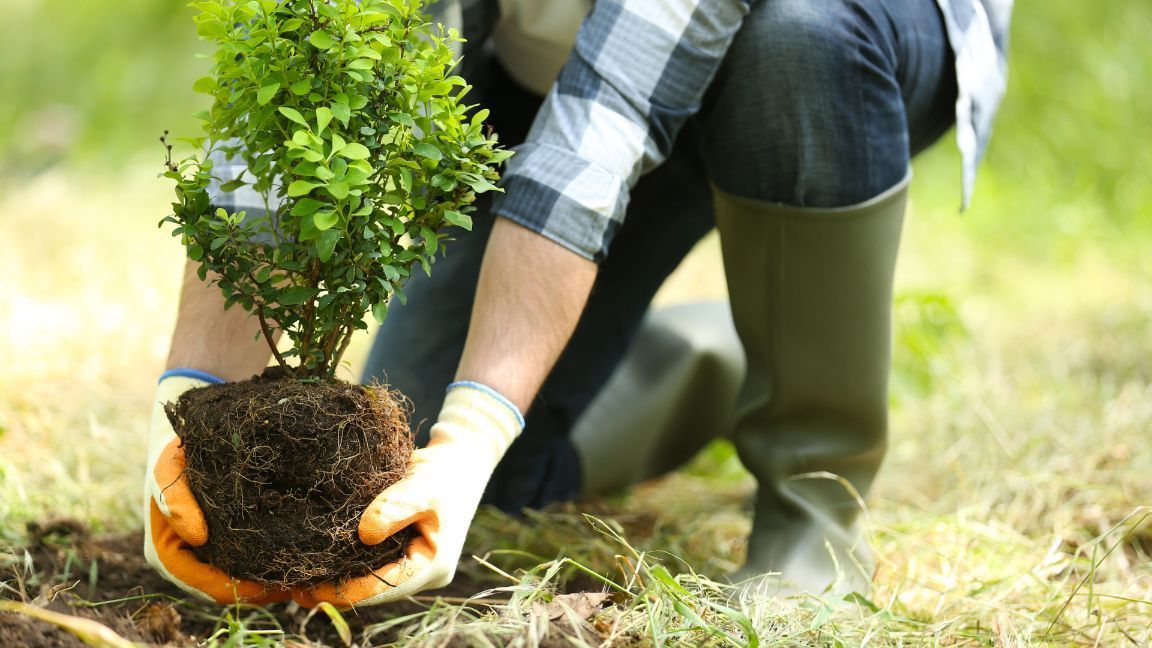
1. Type Of Tree
When deciding what type of tree you want on your property, first determine their purpose - shade, visual interest, fruit production, privacy, and so forth - then
research the species that fit your needs to learn everything you can.
- Deciduous Or Coniferous
Before narrowing down what type of tree to plant, decide whether a deciduous or coniferous (evergreen) is best for the space and your lifestyle.
Whichever type of tree you choose, there will always be leaves (or needles) to clean up, clear from your gutters, and pollen blanketing your property every year.
But the benefits for our environment and quality of life outweigh any downsides.
- Flowering, Fruit-Bearing, Or Not?

Fruit trees add visual interest to your landscape that changes with the seasons. There are bright and airy blooms in the spring, vibrant summer fruits for eating or enjoying, changing leaves in the fall, and enchanting silhouettes when the snow sticks in the Seattle winter.
However, with all that color and productivity comes more maintenance. Flower petals and pollen blanket your property (if you have allergies - beware); you must pick up fallen fruit or get a squishy surprise, and leaves need raking.
- How Fast It Grows
Different types of trees have different growth patterns. If you don’t want to do a lot of maintenance, look for trees that
grow slowly, such as the
Black Tupelo (Nyssa sylvatica).
If planting trees to create a
privacy hedge, look for fast-growing trees that grow low branches and a thick canopy, like the
Leland Cypress.
Planting small, young trees can save you money if you’re willing to wait until the tree grows. With routine maintenance, your
young trees
will grow precisely how you want them.
- Is It Considered An Invasive Species?
Whether you opt for native or ornamental, choose trees not considered invasive in your region. In Seattle, avoid the
English laurel (Prunus laurocerasus), English holly (Ilex aquifolium),
European hawthorn (Crataegus monogyna), and the
tree of heaven (Ailanthus altissima). These species invade city parks and open spaces, compete with our native trees, and are strictly
prohibited
in the Seattle, Washington, area.
To learn which trees are native, non-native, and invasive, check out this excellent
Oregon Department of Forestry guide.
2. Climate Zone And Soil Requirements
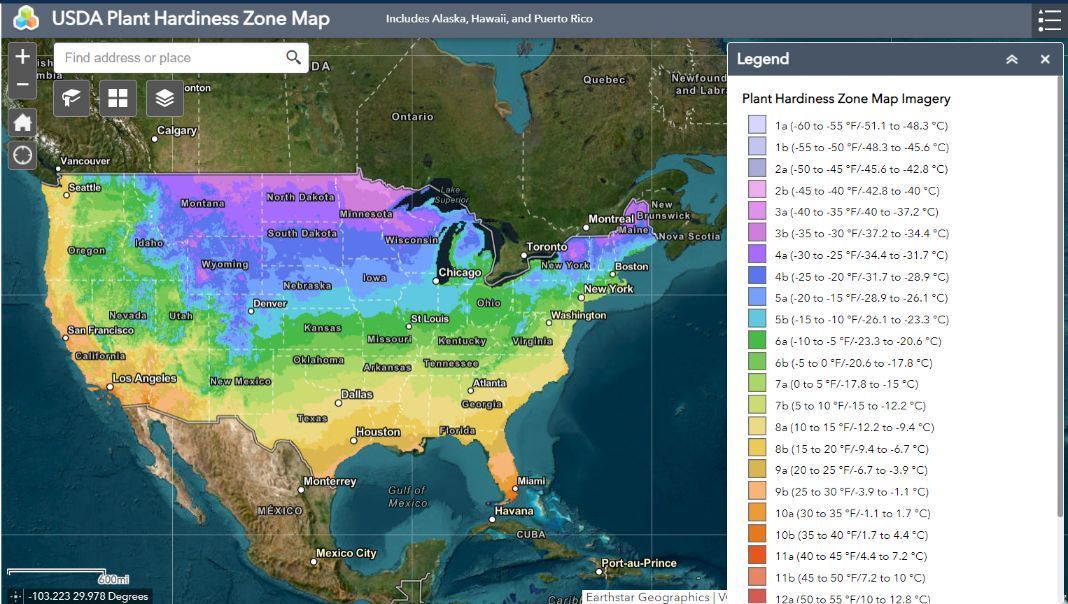
Select trees that thrive in your climate zone and have suitable soil. A local arborist can help you determine your soil type and what trees will flourish in your yard based on the soil and climate zone. They can also help you improve your soil if needed.
You can find out what your plant hardiness zone using the
USDA Plant Hardiness Map at
https://planthardiness.ars.usda.gov/.
3. How Big The Tree Gets
When you visit your local nursery, you envision those cute little trees in your space, but you must remember that they grow.
Ask the attendants how large the trees grow and how much space they need.
The ultimate size of a tree can determine where to plant it in your yard and whether it is the right one for you.
4. Their Root System
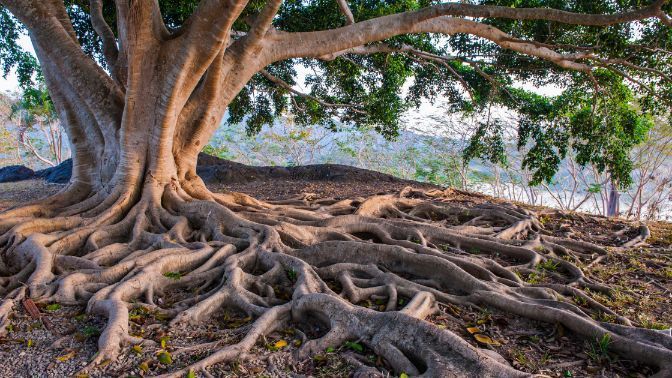
Remember that what you see above ground also grows below. Find out how large the tree’s root ball becomes and how far its root system spreads to determine where to place your tree.
As a general rule, the roots extend about 1.5 times the height of the tree.
Planting
too close to your home
can lead to severe problems in the future, as the root system supporting and nourishing your tree can penetrate your foundation and damage other structures on your property.
5. Where To Plant It - Is There Enough Space?
When you first plant a tree or shrub, it doesn’t require much space, but that doesn’t mean it won’t need more.
Once you know how large the tree grows, how much space its roots will take up, and its space requirement above ground (its mature height and spread), you can plant it confident that your chosen location meets its needs now and forever.
Check with your local utilities to ensure your tree won’t disrupt or come into contact with overhead or underground utilities.
If you intend to plant a tree in the planting strip or right-of-way, you must apply for
street tree permits
from the
SDOT
beforehand.
NOTE: SDOT will not permit trees in planting strips less than 4' wide. If you want help, consider participating in Trees for Neighborhoods or contacting us. We can help you with the permit application process and provide expert tree-planting advice.
6. How Will The Tree Impact Vegetation And Soil?
Choose a tree that complements the rest of your plants and landscape rather than disrupts or destroys it. As mentioned earlier, some trees have a more dramatic effect on their environment than others.
If extra care is needed to keep it and your other plants healthy and flourishing, consider that when selecting your trees.
7. The Tree’s Maintenance Requirements
Young trees require more frequent pruning, watering, and care than mature ones, and every species has unique maintenance needs. Learning what the tree requires to live long and healthy lives can help you decide which type fits your lifestyle.
While having a professional tree service taking care of pruning and shaping your trees ensures your trees thrive and relieves you of some maintenance, day-to-day care is still your responsibility.
Factor in the time and cost of tree maintenance when deciding what trees are right for you.
8. Is The Tree From A Reputable Nursery?
Once you have researched, consulted experts, and determined what tree you want to plant and where the next step is to buy it.
Be sure to research the nursery that raised your tree. Consult with trusted tree care companies and neighbors, and read reviews to help you find a reputable tree nursery in your area. Ask them about their practices and where the trees come from.
Do they raise them from seeds derived from their trees or purchase them? If so, where do the seeds come from?
Inspect the trees for insects, a damaged root ball, stem damage, improper pruning, signs of blight, fungal infection, and other diseases.
To learn how to identify common tree diseases in Seattle, read our article
Common Tree Diseases To Watch Out For In Your Seattle Trees.
A
reputable tree nursery takes excellent care of its trees and won’t sell you sick, weak, or unhealthy trees. They also
guarantee their young trees and give detailed instructions on planting and early care.
Some nurseries offer to plant the tree for you to ensure it's done correctly. While it may cost you, it’s well worth the investment.
With research, careful thought, and planning, you can confidently plant your new trees, knowing that they are the best tree for you and in the right location for them.
Do you still have questions about planting trees on your Seattle area residential or commercial property?
We have a
certified arborist on staff who will happily answer your questions. We provide consultations and can help you make an informed decision. Talk to us today.
Sound Tree Care is a top-rated, licensed tree care company with a certified arborist on staff serving SeaTac, Seattle, and the surrounding communities. Registered with the City of Seattle and Burien, our tree care specialists can help you keep your trees healthy and strong with regular tree pruning, preventative maintenance, removal, and disease treatment services.
